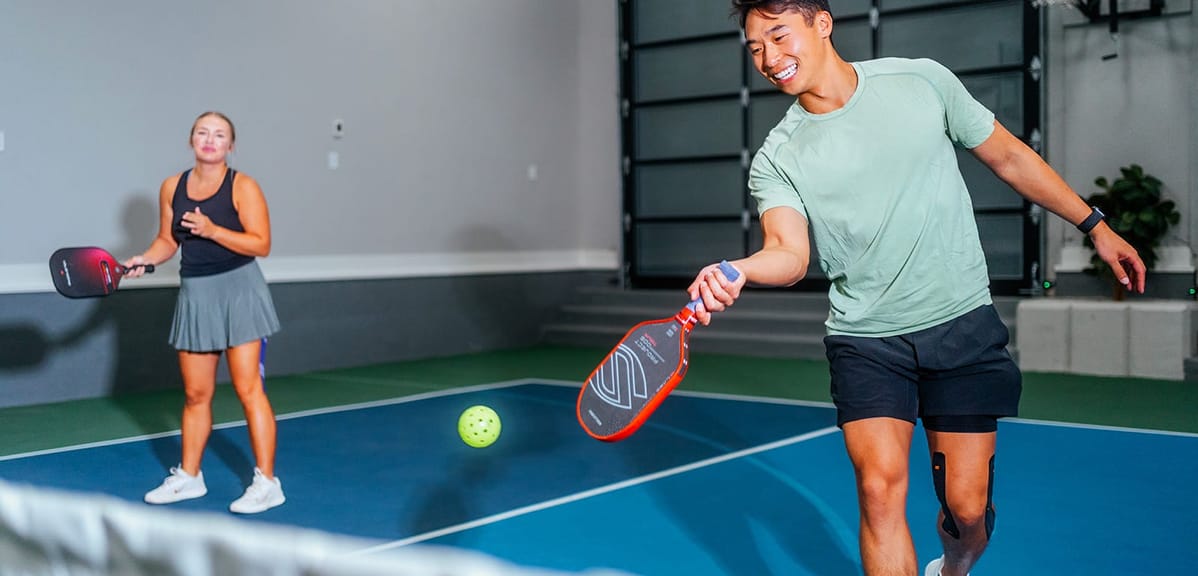
Data Shows Most Common Ailments for Pickleballers — How Some are Solving It
It starts as a twinge. A pinch. A quiet protest from your body. But by game three of open play, it’s yelling: “Hey, remember me?”
If this sounds familiar, you’re not alone.
Pickleball-related injuries happen–with nearly 20 million people playing annually in the U.S. alone, it's a simple numbers game. Chalk it up to the law of averages.
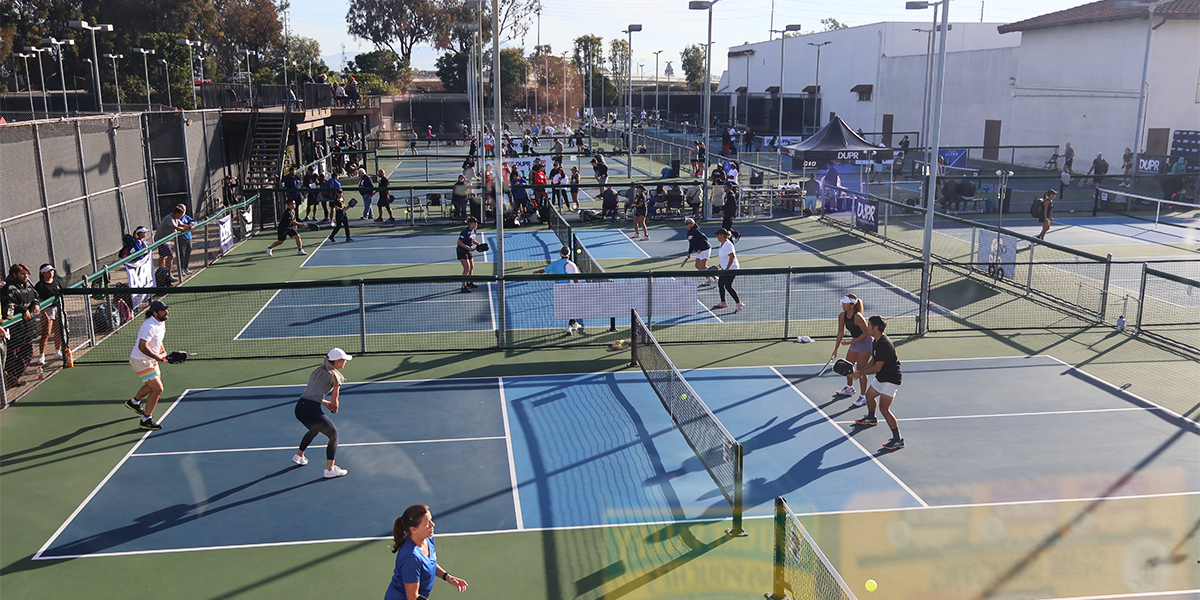
What the Numbers are Saying
This is not to say injuries are something that should be dismissed.
In fact, health insurance studies argue the opposite, with one study suggesting that pickleball-related healthcare costs totaled nearly $400 million in 2023.
Another study projected that pickleball would cause 17,416 emergency room visits in 2022.
But these studies don't account for all too common milder ailments that don't result in hospital visits or health insurance claims. Things like pickleball elbow, calf strains and knee pain are commonly reported by pickleball players.
We recently polled more than 5,000 readers of The Dink Newsletter to learn where they feel the most aches and pains as a result of pickleball—and the results were telling:
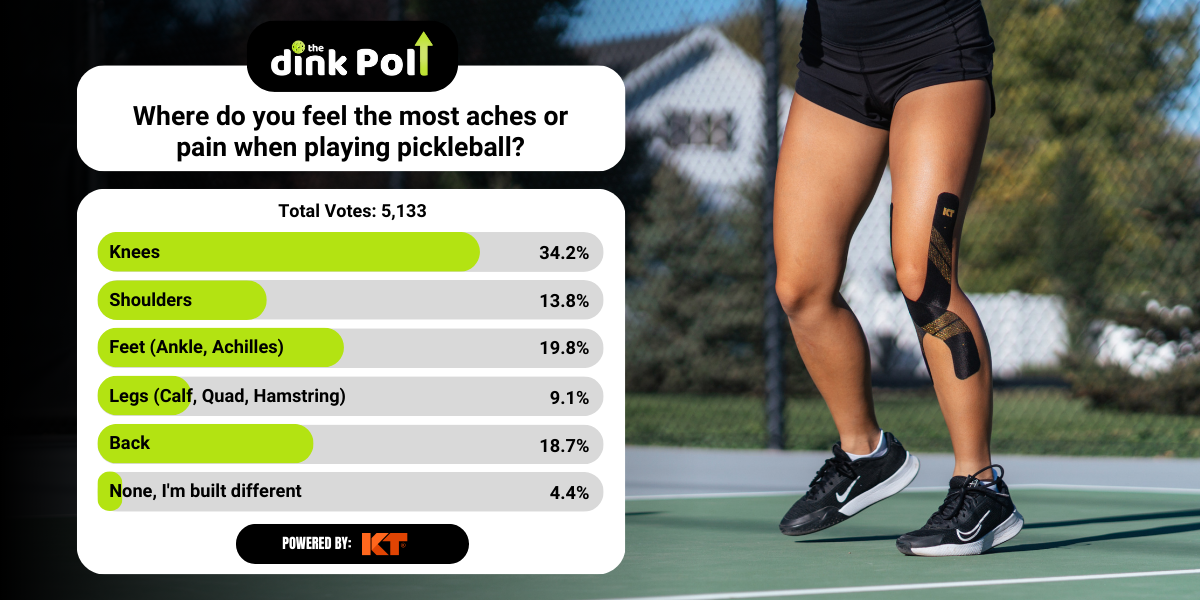
That’s a lot of knees cracking, feet throbbing, and backs tightening up.
Pickleball isn’t always gentle on the joints—but with the right approach (and the right gear), you can play better, longer, and with a lot less pain.

The Real MVP: KT Tape
Too often, injury prevention is overlooked–it's not until something hurts that we start paying attention to it.
Enter KT Tape.
KT Tape is a stretchable, therapeutic fitness tape designed to help reduce and alleviate common pain by supporting key muscle groups, ligaments, tendons, and joints. It gently lifts the skin, increases blood flow, and relieves muscle soreness.
For recreational and competitive players alike, it’s become one of the most effective and trusted tools for preparation in workouts, playing through soreness, and recovering smarter.
And based on what you told us in the poll? We’ve got some ideas on where to apply it.

Knees
The top area for pain, thanks to all the lunging, squatting, and quick stops. KT Tape around the patellar tendon can help relieve tension and support alignment.
Feet & Ankles
Whether it’s plantar fasciitis or that nagging Achilles tightness, taping your arch or ankle can offer relief and added stability.
Bonus tip: combine a strip of KT Tape with supportive court shoes and dynamic warm-ups for even more protection.
Back
Low back soreness from poor posture or over-extension? KT Tape can help support the lumbar region, easing stiffness and strain.
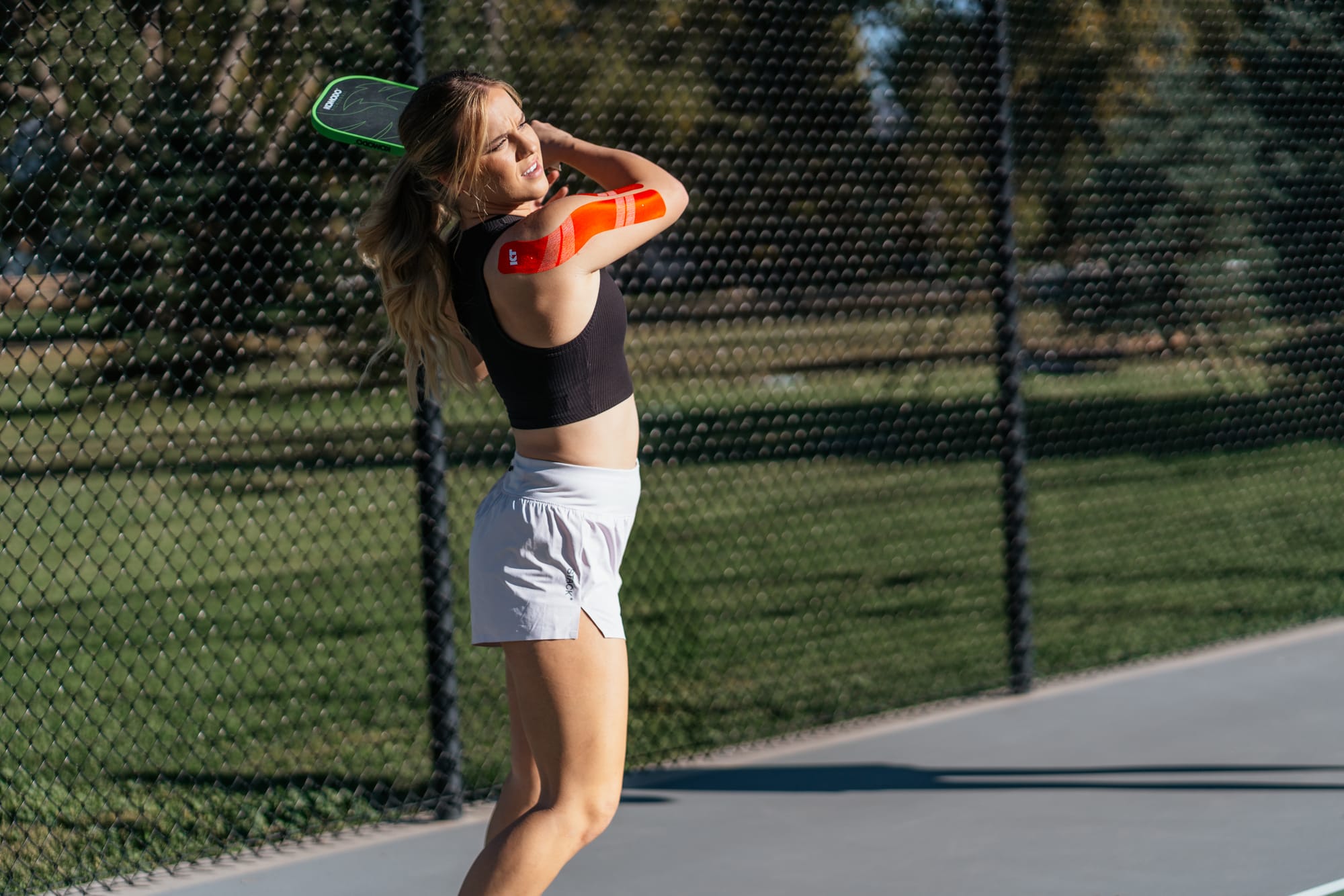
Shoulders
The go-to spot for overuse. Applying KT Tape across the deltoid or rotator cuff can help you stay overhead without overdoing it.
Legs
Calf cramps or hamstring tweaks? KT Tape can assist muscle recovery and improve circulation to tired legs.
KT Tape offers a ton of helpful application videos for every part of the body. Check them out here.
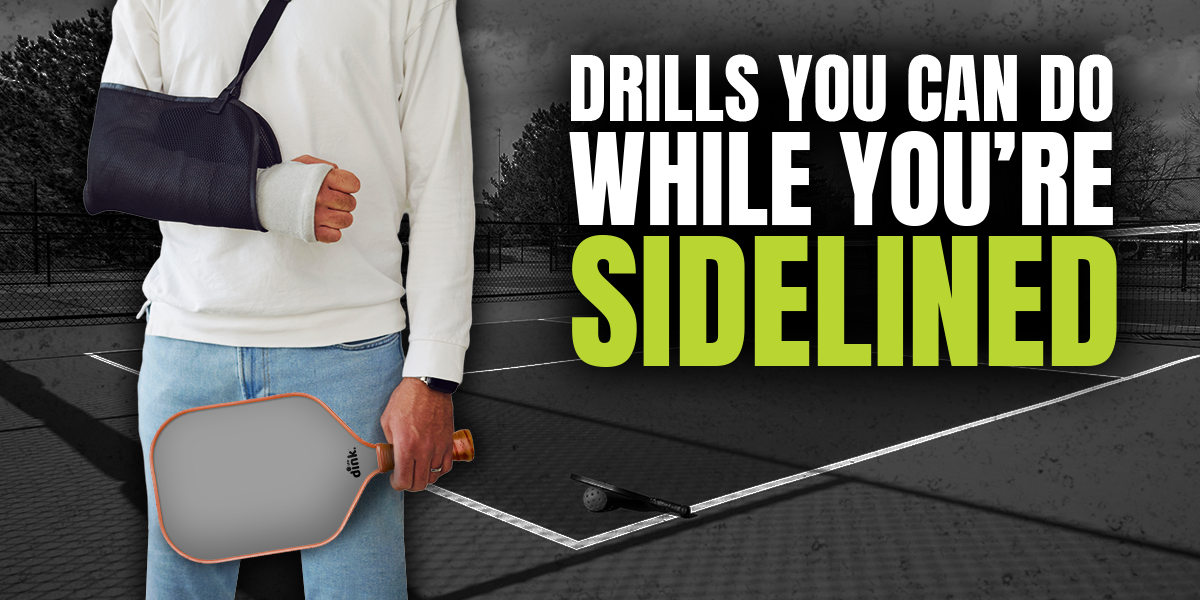
How to Apply KT Tape
We broke down below the best way to apply KT Tape so you’re not just guessing.
The anchor-stretch-anchor method:
- Remove the adhesive backing and place the first two inches of KT Tape on your skin – this is your first anchor point.
- Next, moderately stretch the Tape until you've reached the last two inches of the strip.
- Finally, apply the last two inches without any stretch – this is your second anchor point.
By applying KT Tape to areas that hurt as well as areas you know are prone to fatigue or soreness, you can proactively support injury maintenance and help yourself compete at your highest level.
Just remember: If you’re feeling sore, you’re not broken—you’re a pickleball player. Listen to your body, build in recovery, and make smart gear choices (like quality footwear and KT Tape) part of your game plan.
You’ve only got one body—treat it accordingly.







